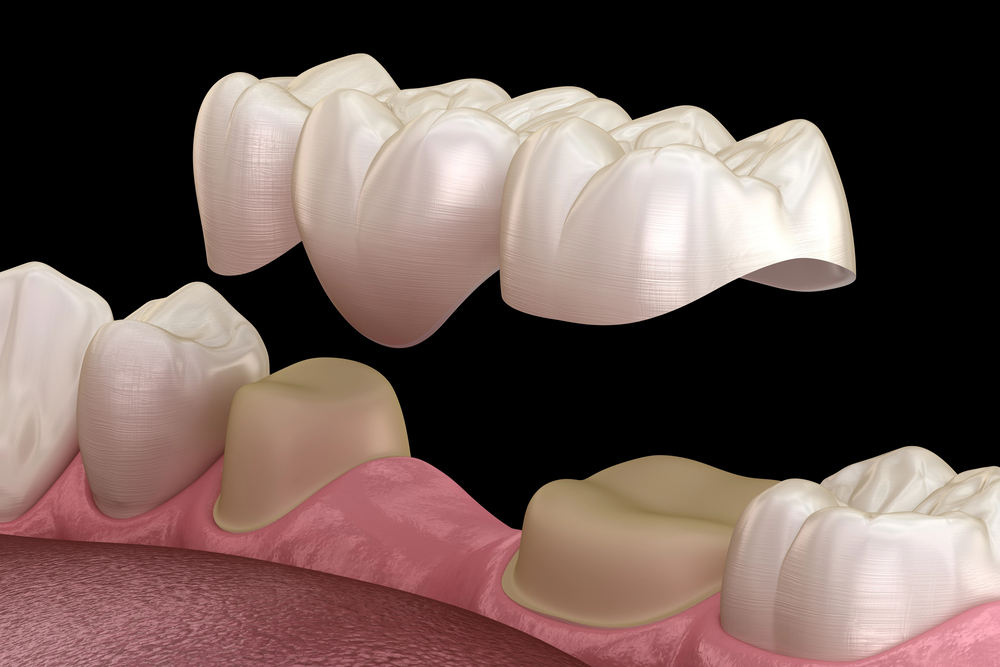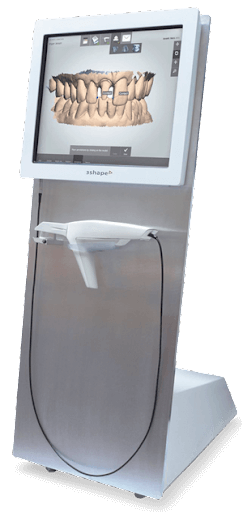Replacing missing teeth effectively restores both appearance and function for patients seeking complete oral health. Patients often experience discomfort and self-consciousness when they have gaps in their smiles. Modern dentistry continually develops solutions that provide better outcomes and greater patient satisfaction. Understanding how advancements improve tooth replacement options proves beneficial for every dental professional. New dental bridge technology offers superior precision and enhanced comfort for individuals needing these restorative treatments.
How New Dental Bridge Technology Improves Tooth Replacement

Modern new dental bridge technology significantly transforms how dentists approach tooth replacement procedures. These innovative methods incorporate advanced imaging and materials, allowing for incredibly precise fittings that blend seamlessly with natural teeth. Digital scanning eliminates the need for messy impressions, creating a more comfortable experience for patients from the very first visit. This precision also helps dentists design bridges that fit perfectly, reducing adjustments and ensuring long-term stability within the patient’s mouth. Patients benefit from quicker appointments and a more predictable outcome because of these technological advancements in dentistry.
Key Benefits of Modern Dental Bridges Over Traditional Options
Modern dental bridges offer clear advantages when compared with older, traditional tooth replacement methods commonly used in the past. These contemporary bridges typically require less removal of healthy tooth structure from adjacent teeth, preserving more of the patient’s natural dentition. Advanced materials provide superior durability and a more natural appearance, mimicking the translucency and color of real teeth with remarkable accuracy. Patients also report greater comfort and a more secure fit with modern bridges, which helps them speak and chew with increased confidence and ease. These significant improvements make modern bridges a preferred choice for many dental offices today.
Step-by-Step Process for Getting a Dental Bridge Today
Getting a dental bridge with new dental bridge technology follows a streamlined and patient-friendly process that minimizes discomfort and maximizes efficiency. The dentist first prepares the abutment teeth, which involves shaping them to receive the bridge properly and securely. Next, the dental team captures highly accurate digital impressions of the patient’s mouth, eliminating the need for traditional molds. Laboratories then use these precise digital scans to custom-fabricate the bridge, ensuring an exact fit and natural appearance. Finally, the dentist permanently bonds the new bridge into place, restoring the patient’s smile and chewing ability.
Materials Used in Modern Dental Bridges and Their Advantages
Modern dental bridges incorporate a variety of advanced materials, each offering unique benefits that enhance durability, aesthetics, and patient comfort. Zirconia is a popular choice due to its exceptional strength and biocompatibility, making it highly resistant to fractures and wear over time. Porcelain-fused-to-metal bridges combine the strength of metal with the natural appearance of porcelain, offering a balance of durability and aesthetics. Additionally, all-ceramic materials provide outstanding natural translucency, making them ideal for visible areas of the mouth where aesthetics are paramount. These material advancements significantly improve the performance and appearance of today’s dental bridges.
Experience the Latest Dental Bridge Technology with Next Dental Lab
Embrace the future of restorative dentistry and elevate your practice with our cutting-edge solutions. We at Next Dental Lab offer the latest dental bridge technology, providing your patients with superior comfort and lasting results. Our team excels in delivering the latest dental implant innovations, ensuring precision and patient satisfaction. Partner with Next Dental Lab to transform your dental bridge offerings today.

